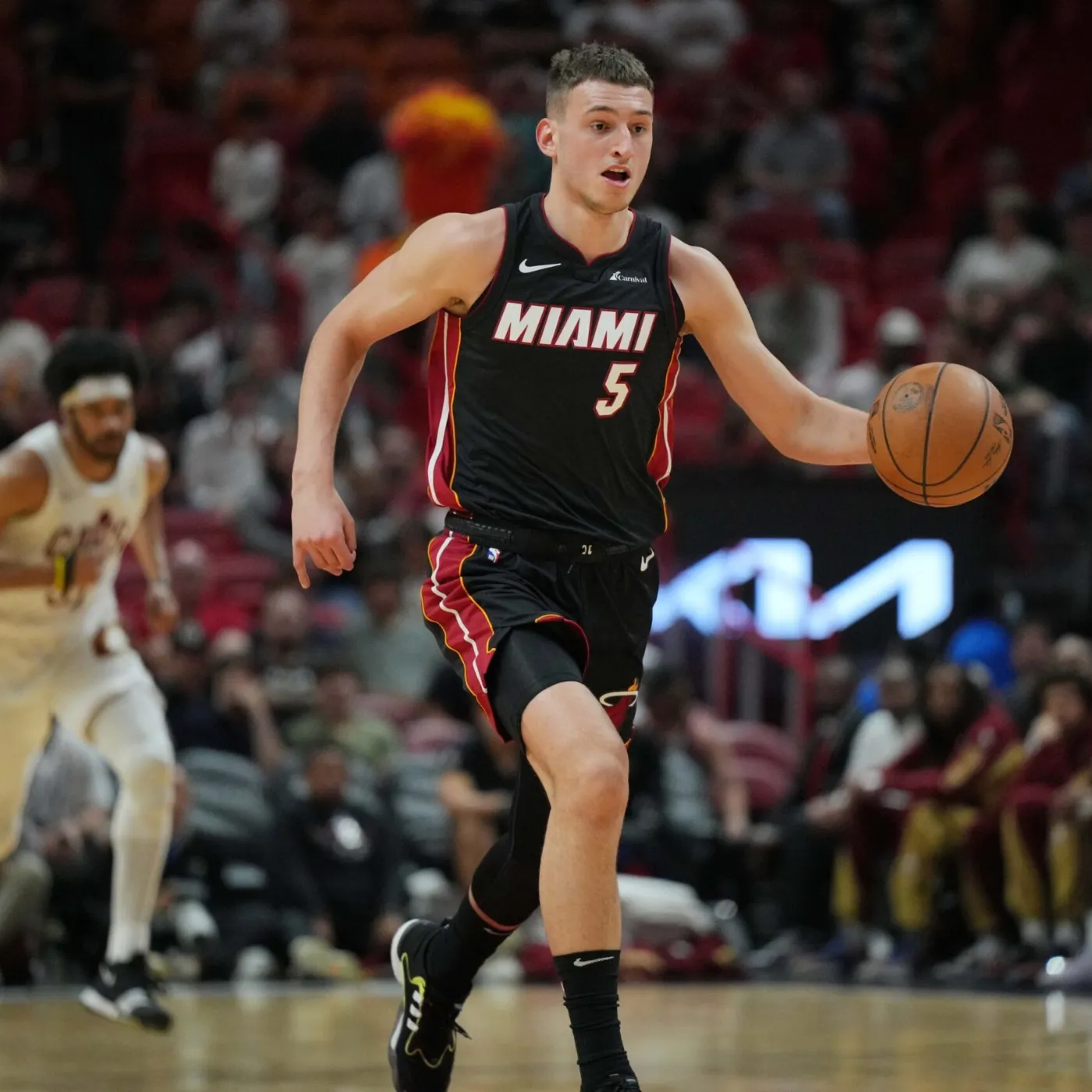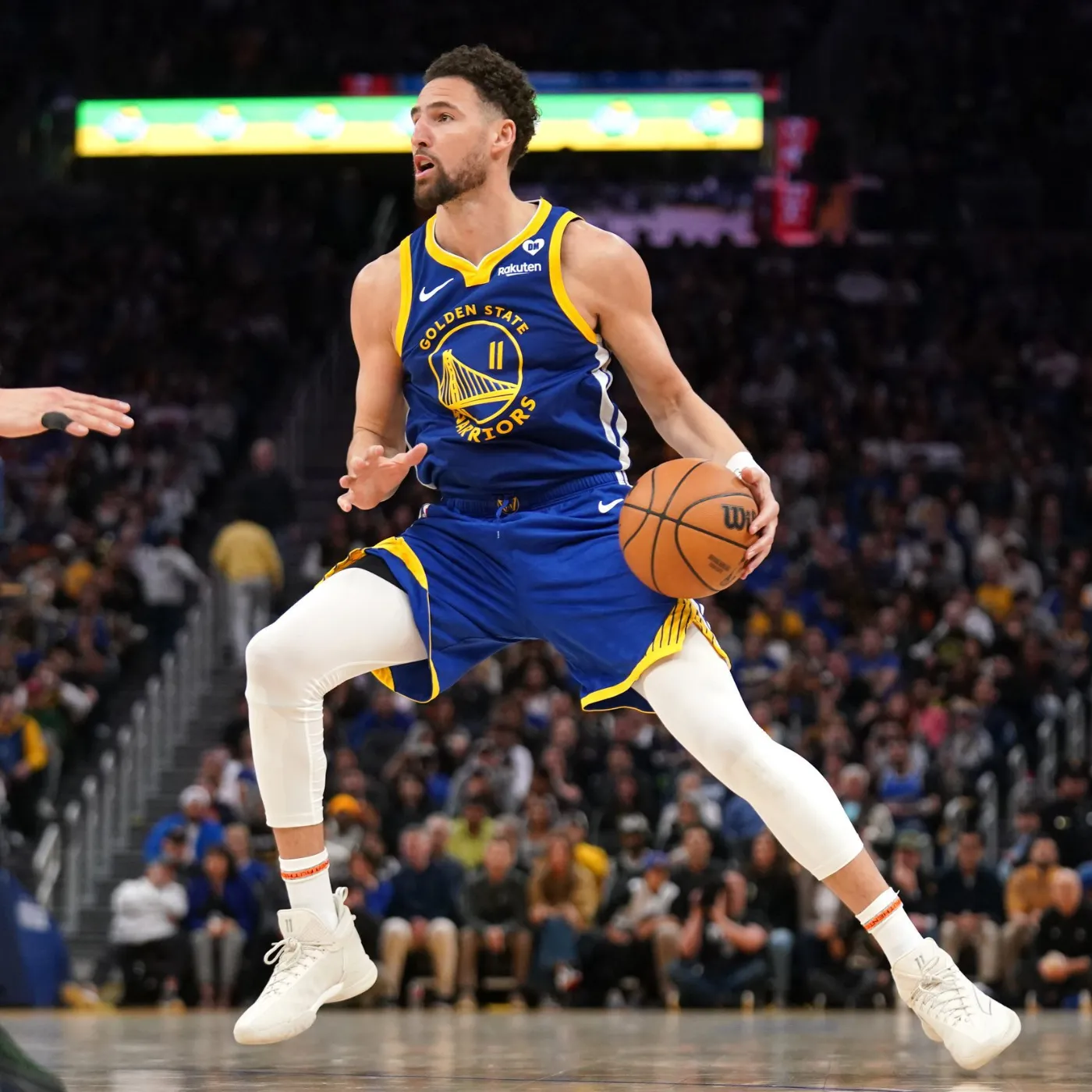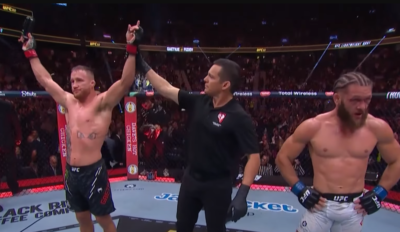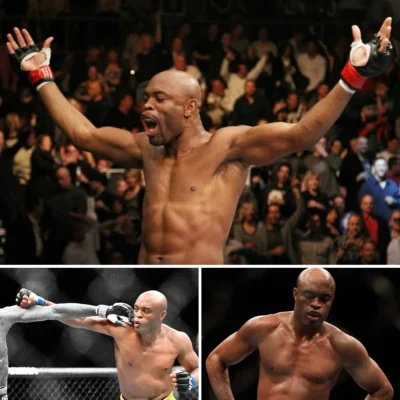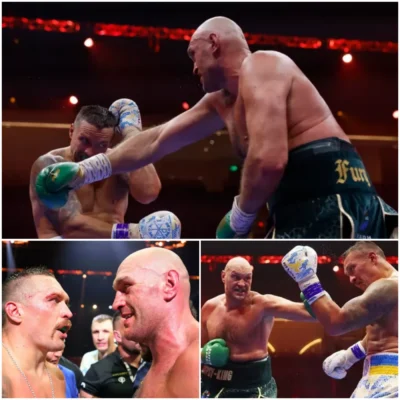
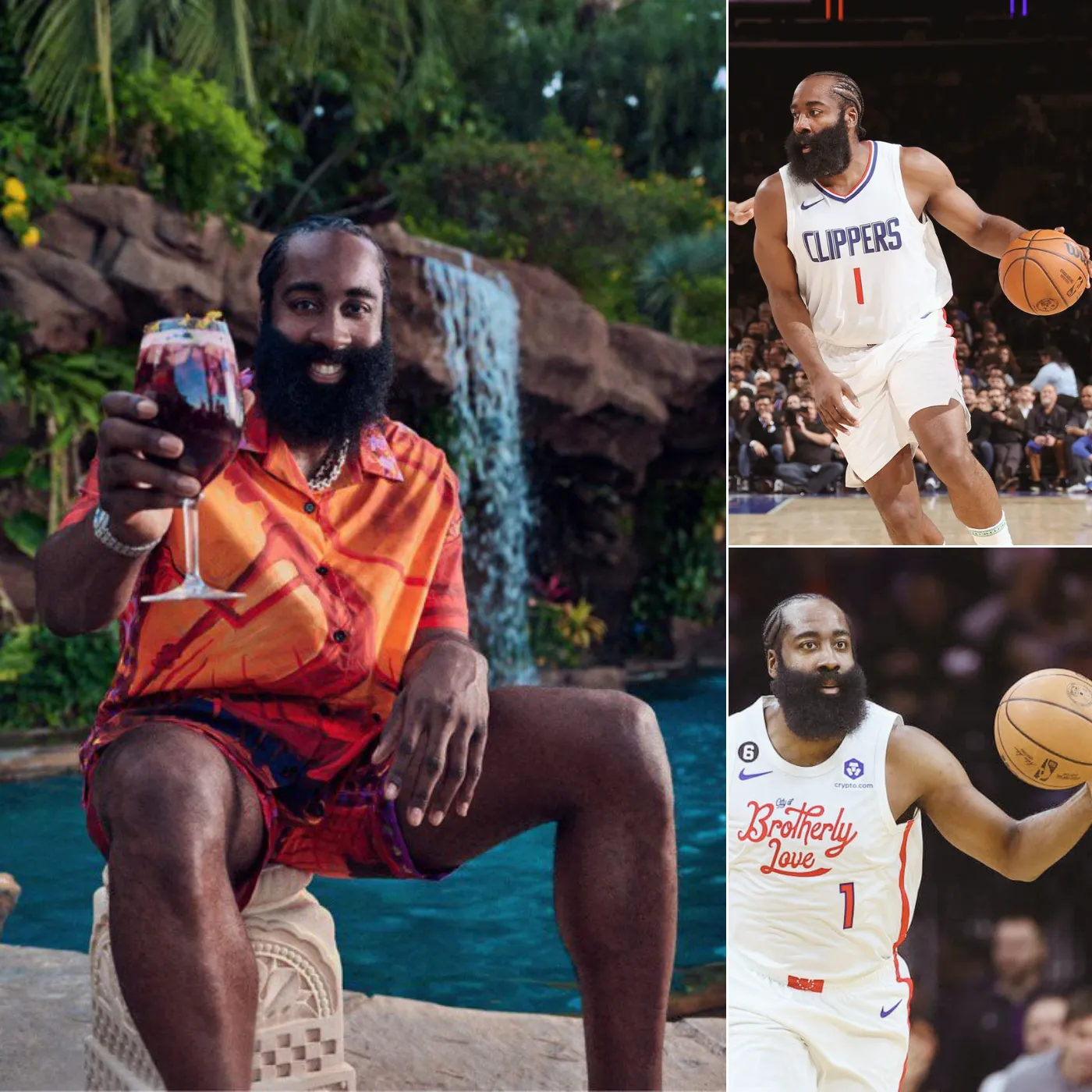
James Harden’s Wealth is Shaping the Next Generation of Basketball Talent
In a world where college athletics are becoming increasingly competitive, athletes with massive influence are making waves not only on the court but also in the recruitment processes that shape the future of college sports. One such example has come to light recently, as NBA superstar James Harden has reportedly made a significant NIL (Name, Image, and Likeness) donation to Arizona State University (ASU), helping them land one of the most coveted recruits in the country: a 5-star basketball prospect. While this news has shocked some, it has also sparked a conversation about the power of wealthy athletes in the college recruiting landscape. But, as with everything in the sports world, it raises several questions: Is this a fair practice? Should top athletes be using their wealth to influence where future stars choose to play? And is this setting a dangerous precedent for future recruitment in college sports?
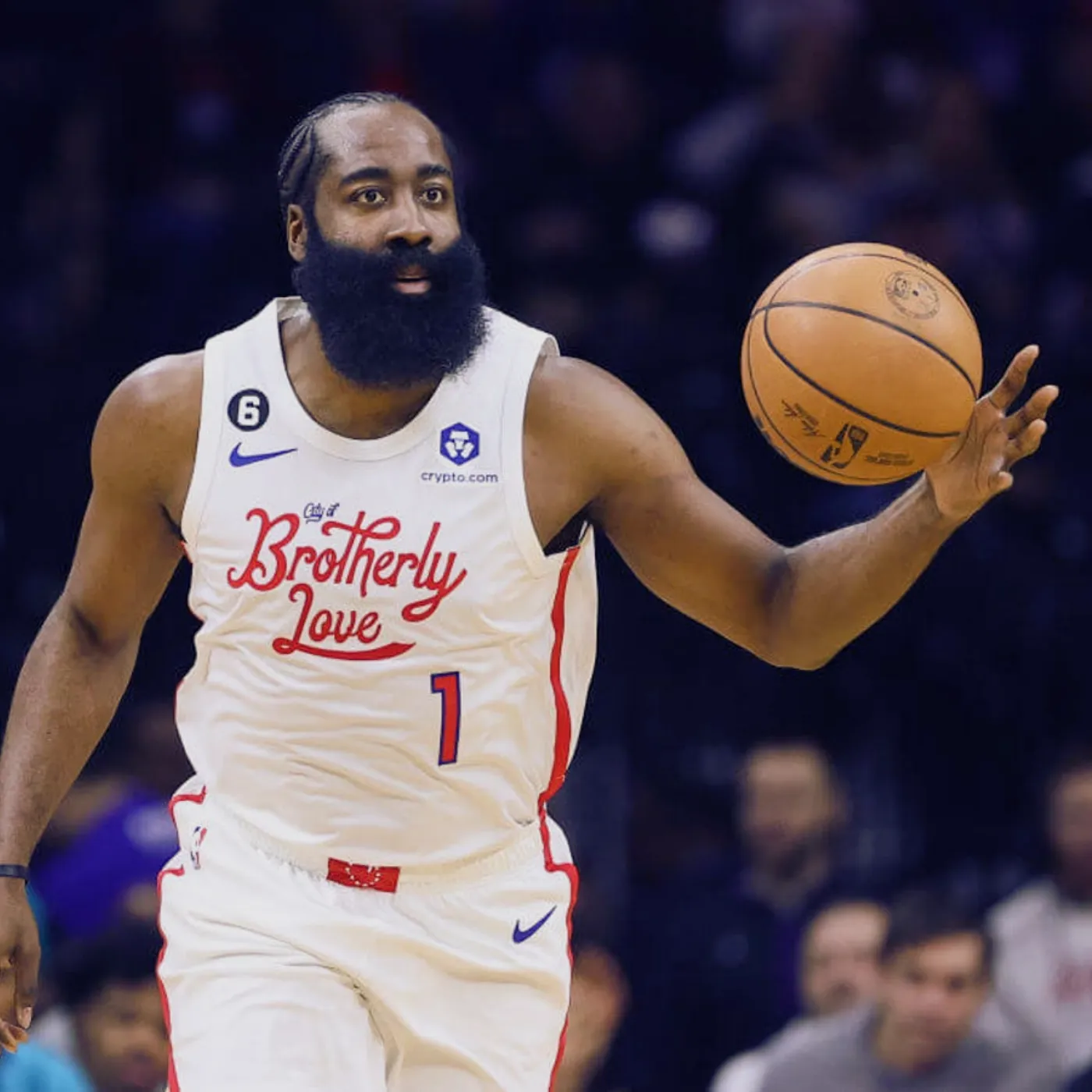
The Growing Influence of NIL in College Sports
NIL deals have revolutionized college athletics in recent years, allowing college athletes to profit from their name, image, and likeness in ways that were previously prohibited. Since the NCAA opened the door for NIL compensation in 2021, college athletes have been able to sign endorsement deals, launch their own businesses, and gain sponsorships from companies eager to tap into their fan base. This has provided a massive financial boon for athletes, particularly in high-profile sports like football and basketball, but it has also created a new playing field for college recruitment.
As of now, top-tier athletes are not only looking for the best programs, facilities, or coaching staff—they are also considering the potential for NIL deals that could set them up financially for life before they even step foot in the professional leagues. This shift in priorities has undoubtedly changed the recruitment process, making it less about simple scholarships and more about creating a lucrative environment for young athletes.
Harden’s Role in the ASU Recruitment: A Direct Impact?
James Harden is no stranger to the influence of money in sports. As one of the highest-paid players in the NBA and a global brand ambassador, Harden’s ability to shape both the present and future of the sport is unparalleled. His reported NIL donation to Arizona State University is said to have played a pivotal role in landing a 5-star recruit—a move that could have long-term implications for both the university and the college basketball landscape as a whole.
While the details of the NIL donation remain somewhat vague, insiders have confirmed that Harden’s contribution was significant enough to tilt the scales in favor of ASU. Given the recruiting war for top-tier basketball talent, which includes offers from powerhouse programs with robust financial resources, Harden’s involvement cannot be seen as anything other than a game-changer. With this level of financial backing, Arizona State has managed to attract one of the most sought-after players in the country.
The Fine Line Between “Helping” and “Buying” Recruits
One of the most controversial aspects of this situation is the blurred line between “helping” a program and “buying” a recruit. The notion of using NIL money as a way to influence where an athlete plays is a delicate one. On one hand, there’s the argument that NIL donations can be used to provide opportunities for young athletes that they might not have had access to otherwise. On the other hand, it raises the question of whether this creates an environment where the wealthiest schools—and now, the wealthiest players—are the ones winning recruiting battles, regardless of the actual quality of the programs or coaches.
Critics of this new dynamic argue that college sports should be a level playing field where talent and hard work are the primary factors in recruitment. When you introduce financial incentives that go beyond scholarships and facilities, it can skew the system in favor of those who can afford to make the biggest financial contributions. Harden’s involvement in this specific recruitment has shined a spotlight on this issue, with some wondering if a pattern will emerge in which athletes—both high school and collegiate—begin to choose their schools based on the size of NIL donations rather than the athletic or academic opportunities the school offers.
The Unseen Consequences for Small Schools and the Talent Pool
One of the more troubling aspects of this new dynamic is the potential effect on smaller schools that simply cannot compete financially with the powerhouse programs and NBA athletes backing them. When large donors such as Harden inject significant sums of money into a recruitment process, it creates an uneven playing field for other schools that don’t have the same financial resources.
If this trend continues, it could lead to a concentration of top talent at a select few programs, leaving other schools and their players at a severe disadvantage. As the wealth gap between schools increases, so too could the disparity in the quality of competition. For athletes looking to gain exposure and develop their skills, this could potentially result in fewer opportunities at smaller, less financially-endowed institutions.
Moreover, what does this mean for athletes who might be genuinely interested in playing for schools that have historically been competitive but do not have the same NIL resources as other institutions? It’s possible that some schools will lose out on top recruits simply because they lack the financial support to make these deals a reality. In the worst-case scenario, college basketball could become a sport dominated by only a few schools, leaving the rest of the programs scrambling to find alternative ways to recruit talent.
The Ethical Implications: What Does This Mean for College Athletics?
While NIL deals have undoubtedly provided athletes with more opportunities to profit from their status, the ethical implications of donations such as Harden’s cannot be ignored. There’s a fine line between supporting a program and creating a situation where money becomes the deciding factor for recruitment. When athletes like Harden—who has a vested interest in the sport—make significant contributions to recruitment efforts, it raises serious questions about the influence of money on young athletes’ decisions.
In theory, college athletics is supposed to be about the development of young talent, both athletically and personally. The arrival of big-money NIL donations into the recruitment process could shift the focus from personal growth and sportsmanship to financial gain. This could ultimately change the very foundation of what college sports are meant to represent.
Moreover, there is the concern that the pressure on athletes to perform not only for their schools but also for the financial backers who have invested in them could become overwhelming. Will players feel like they owe their success to their benefactors rather than their hard work and team dynamics? If athletes start feeling beholden to wealthy donors and influencers, this could create a toxic environment where loyalty to a program or team is overshadowed by the pursuit of financial gain.

A New Era for College Basketball?
James Harden’s NIL donation to Arizona State University is a story that could mark the beginning of a new trend in college sports. While this development has made headlines for its immediate impact on recruitment, it also raises fundamental questions about the future of college athletics and recruitment processes.
Will the influx of NIL donations from professional athletes lead to a more financially driven approach to college sports, where the wealthiest programs reign supreme? Or can college athletics retain its competitive spirit, where talent, coaching, and development remain the top priorities?
As the debate continues, one thing is certain: the landscape of college basketball—and possibly other sports—has already changed forever. How this plays out in the coming years will determine whether this new era is one of fairness and opportunity or one where financial power dominates the recruiting process. Either way, it’s clear that the influence of high-profile athletes like James Harden is only going to grow, for better or for worse.








